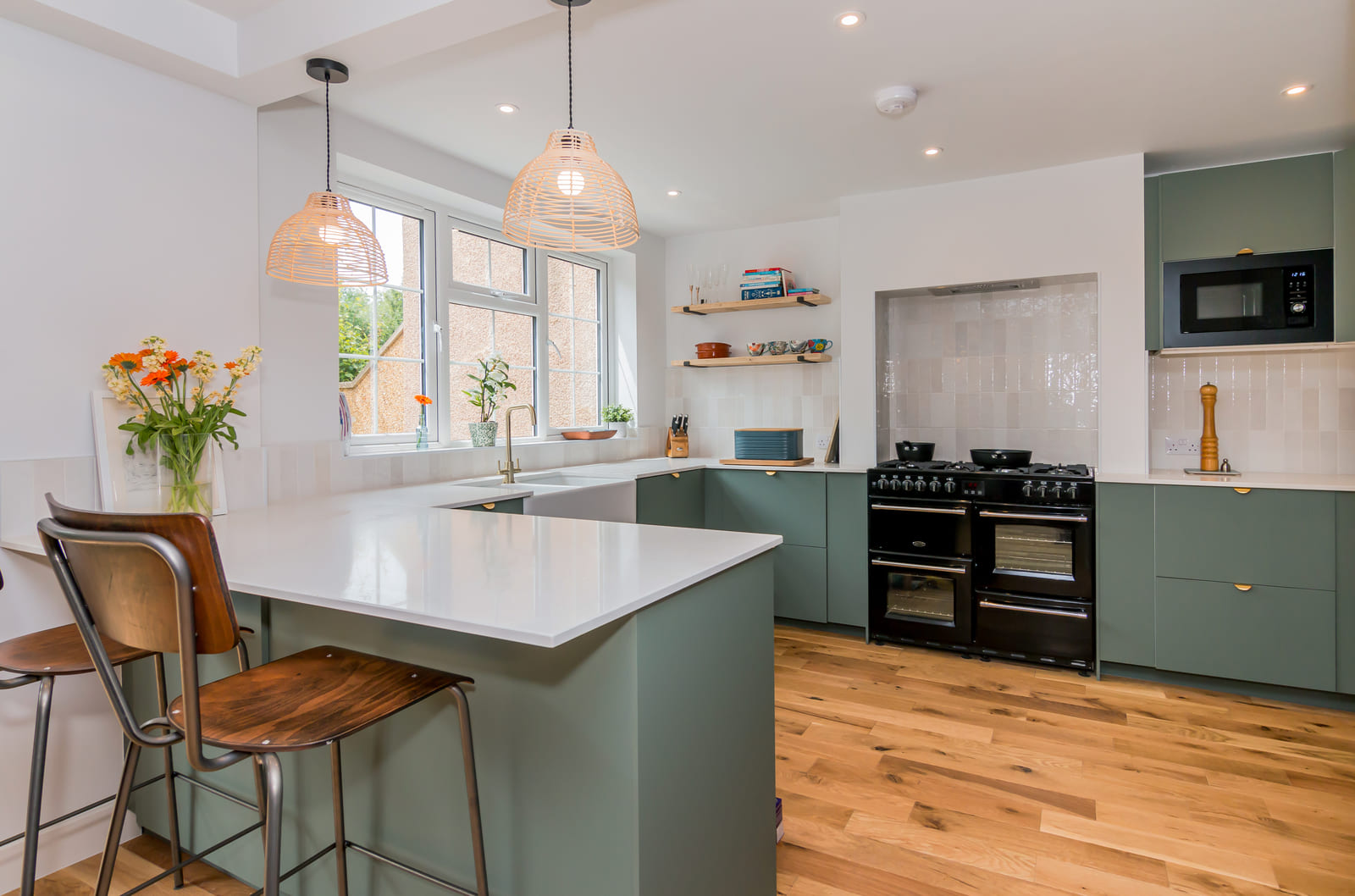With rising energy costs and a growing awareness of climate change, the demand for sustainable housing is stronger than ever. Among the most energy-efficient and environmentally friendly choices is the Passivhaus—a building standard that prioritizes ultra-low energy use while providing superior indoor comfort.
If you’re considering a Passivhaus for your next home or renovation, one of the first decisions you’ll face is whether to build from scratch or retrofit an existing structure. Both options offer significant benefits, but each comes with unique challenges. Hiring experienced passivhaus builder can help you to overcome these challenges easily. So, which passivhaus approach is right for you—new build or retrofit? Let’s explore.
Before exploring whether a new build or retrofit is the better option, it's essential to understand what the Passivhaus (or Passivhaus) standard truly means. Far more than just a trendy buzzword in sustainable architecture, the Passivhaus is a globally recognized benchmark for energy efficiency and indoor comfort.
Originally developed in Germany in the early 1990s, the Passivhaus concept is rooted in building science and precision engineering. It aims to create structures that require very little energy to maintain a comfortable temperature—regardless of outside weather conditions. The goal is not just to save energy, but to create healthier, quieter, and more durable homes.
Beyond energy savings, these homes offer superior indoor comfort, with consistent temperatures, minimal noise, and improved air quality—making them ideal for families, allergy sufferers, and anyone seeking a more sustainable lifestyle.
Whether you're building new or upgrading an existing home, understanding these core principles is key to unlocking the benefits of Passivhaus living.
A new build passivhaus allows homeowners and architects to start with a blank slate. From design to material selection, every aspect of the house can be tailored to meet Passivhaus certification requirements.
Pros:
Cons:
If you already own a home or want to breathe new life into an older property, a Passivhaus retrofit—often certified under the EnerPHit standard—is a viable path.
Pros:
Cons:
Now that we’ve explored the pros and cons of both approaches, here are key factors to help you decide which path fits your needs:
If your current home has significant structural or moisture issues, a retrofit may not be the most cost-effective solution. In such cases, starting fresh with a new build might offer a cleaner, safer outcome.
While both options can offer long-term savings, new builds often require a larger upfront investment and longer timelines. Retrofitting may offer a faster route to energy savings, especially if you can phase the upgrades.
Urban environments may limit your ability to build new homes. In such scenarios, retrofitting an existing structure may be your only option. In contrast, if you own land or are building in a suburban or rural area, a new build gives you more freedom.
Both options support sustainable living, but new builds offer the opportunity to create net-zero energy homes with renewable energy systems from day one. Retrofitting is still very sustainable, especially if the alternative is tearing down a usable structure.
There’s no one-size-fits-all answer when it comes to choosing between a new build Passivhaus and a Passivhaus retrofit. Your decision will depend on your goals, budget, property, and timeline.
Whichever path you choose, both options lead to the same result: a comfortable, healthy, and energy-efficient home that’s kinder to the planet—and your wallet.
